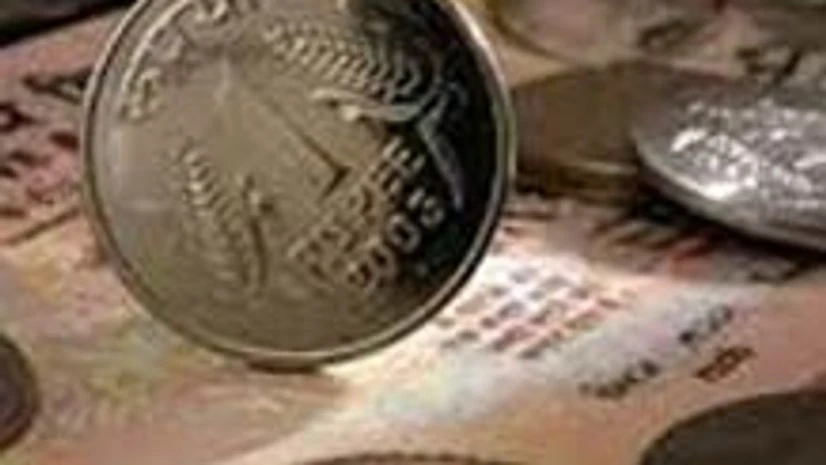The rupee has been falling freely over the last couple of months, prompting experts to say that it is now overshooting. When growth is slowing, inflation is high and external factors are not supportive, ascertaining the fair value of the currency can be tough. Given that there is no clarity on how much dollar firepower the Reserve Bank of India actually has, no clear bottom is emerging for the rupee. During relatively stable times, economists tend to look at the Real Effective Exchange Rate (REER), which is weighted average of a country’s currency relative to a basket of other currencies, adjusted for inflation.
A currency is considered to be valued fairly if the REER Index is close to 100. India’s long-term REER (six currency Index) average has largely remained close to 105. Between 2002 and 2004, it stayed below the 100 mark and picked up during the boom years, when foreign capital flows increased into Indian markets as growth picked up.
When the REER goes above 100 mark the currency is termed to be entering the over-valued zone and when it dips below 100 then it is said to be entering the under-value zone. However, these assumptions work when one is looking at the long-term performance of the currency and not on a monthly basis. In the current situtation, economists say it is pointless to assess the currency’s fair value through the REER as it tends to overshoot on both sides.
Also Read
In March 2009, for instance, the REER (six currency) fell to an all time low of 93.90. This time around, July’s REER stands at 96.94, which means that the rupee has not yet hit the 2009 bottom yet. According to analysis done the State Bank of India, "Historical data suggests that on an average it may take six months for the domestic currency to reach its peak value (depreciated level) and then it would gradually come down to its previous (or equilibrium) level. Interestingly, most of the currencies depreciated by 25-30 per cent, on an average, irrespective of whether it was a current account deficit/surplus country.”
What matters to currency stability is growth. Data suggests that currency has appreciated even when the CAD was widening.
Dhananjay Sinha, head of equities at Emkay Global, believes the co-relation between current account deficit and currency is bi-directional, as the direction of the currency would depend on whether widening CAD is arising in the context of stronger growth (in that case the rupee appreciates) or growth is slowing down (in which case the currency depreciates). Indranil Pan, chief economist at Kotak Mahindra Bank, believes that the market is making guestimates if the RBI has adequate foreign exchange reserves. The currency is reflecting the current concerns of the market, therefore, the question of fair value at this point of time is of little consequence.

)
